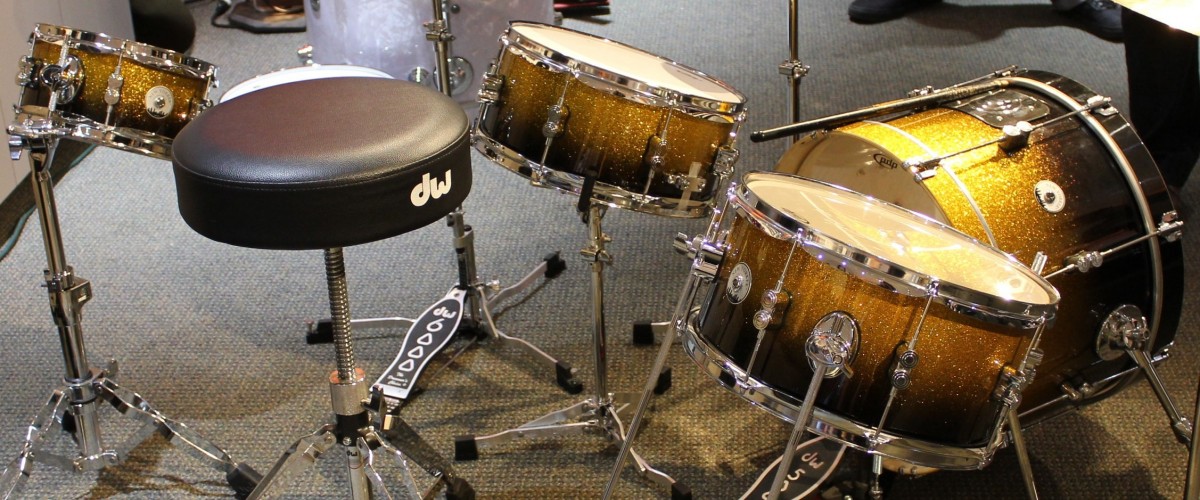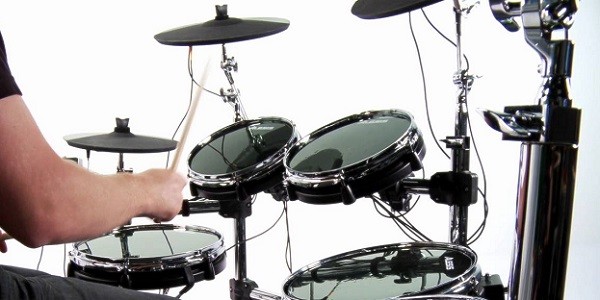
What Are The Fundamental Skills For Drumline Technique?

Marching Percussion videos are rampant on the internet providing an opportunity for students to learning at their own convenience. The lessons will cover essential skills necessary for today’s percussionist. The fundamental skills are elaborated in the video lessons.
The beginners package consists of lesion covering the basics like strokes, double height control, timing and rolls. These are specifically designed for beginners to intermediate drummers and come with a sound foundation for individual and group technique. Some of the overview of techniques includes, Snare drum particularly for students who prefer a traditional grip using their left hand. It comes with standard grip in the right hand. Here are some left hand and right hand techniques.
The right hand technique includes:
· Face the thumb nail directly in and see that it is not facing the sky
· The remaining fingers to be wrapped neatly around the stick and make sure it are not tight.
· The thumb and the first finger should be held close together without any space but do not put any pressure on your fulcrum.
· Form a straight line with your elbow down wrist making sure your knuckles are facing the sky.
· The end of the stick should have no coordination with the arm line but instead it should be positioned out of your sides of your hand. The end of the stick should be sticking out.
The left hand techniques include:
· Put your arm on the side, the gap in between the first finger and thumb ahead and other fingers should be naturally curved in the palm.
· The hand position should be maintained without having to bend to the wrist. Lift your arm till the elbow is placed at 90o angle.
· The right hand can be used to rest the stick between the gap of the first finger and thumb at about 1/3 distance from the end of the drum stick.
· Before you release the stick from the right hand you need to place a secondary balance point. While doing so you have to maintain the inward curve in the most natural way as possible allowing the stick to be placed over the left hand ring finger’s knuckle.
· The ring finger can be of assistance as it will follow the curve from the right ring finger.
· Loosely wrap the first finger over the stick and then connect it with your thumb finger. The fleshy part should touch the first finger within the first two knuckles. By doing this it forms a teardrop shape.
· Relax the middle finger with a slightly curved angle and the remaining above the stick.
Defining the playing position
· The right playing position for flat drums is to have the right elbow behind your shoulders and the elbow forming acute angle which is lesser than 90o angle.
· You have to maintain the right wrist from the left
· Left elbow have to be slight to 90 degree by slightly rotating your hand and arm out. The inner palm has to be visible while you hold the stick making sure the palm is not positioned flat and facing the sky.
· The drum has to be adjusted in such a way that the little finger is a few distance from the rim.
· The wrist has to be closer and placed lower to the instrument and not to the right but your left.
· The stick beads have to be met at 90 degree right at the drumhead’s median. The beads have to be closed but not adjoining each other.
Understanding the stroke
· For a left hand hit, you have to turn the wrist like turning the doorknob, but for a right hand hit it has to be a vertical wrist bend.
· To balance the stroke it has to be a combination of the finger, forearm and wrist.
· The focus has to be primarily on the harnessing, which is a mellowed rebound, while confronting the drum.
· The stick has to be in the straight position, continuously moving from and to the drumhead. While trying to hold the drumstick vertically close to the hand you are playing to maintain a straight line to get assist in getting a direct stroke.
· The stick should be in the resting position or down position when not in use while placing the stick beads close to one another but not in contact with the drumhead.
· There are many types of stoke and each have different control as the stick rebounds off the head.
· While practicing maintain a relaxed grip and focus on the purpose of the exercise.
